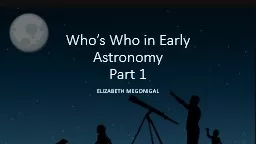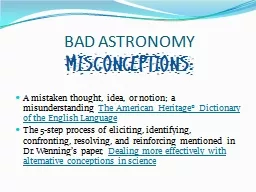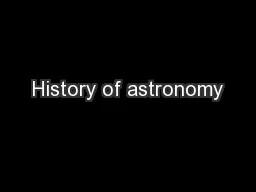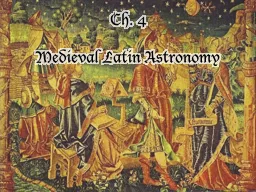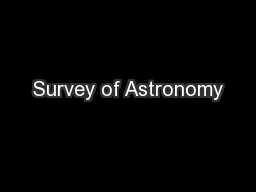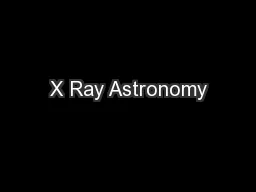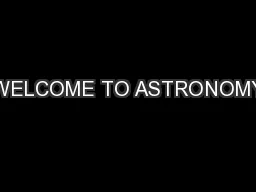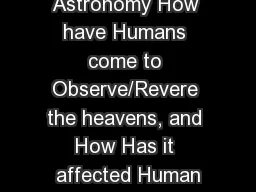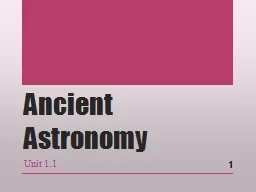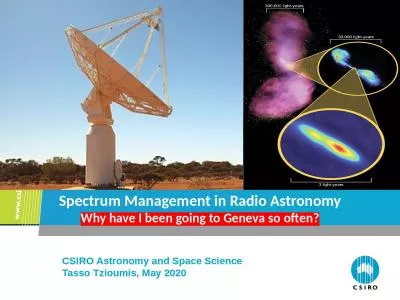PPT-Who’s Who in Early Astronomy
Author : test | Published Date : 2018-09-25
Part 1 ELIZABETH MEGONIGAL Ptolemy pronouced TAHL uh mee 140 AD Greek astronomer mathematician amp geographer He thought that Earth was the center of the
Presentation Embed Code
Download Presentation
Download Presentation The PPT/PDF document "Who’s Who in Early Astronomy" is the property of its rightful owner. Permission is granted to download and print the materials on this website for personal, non-commercial use only, and to display it on your personal computer provided you do not modify the materials and that you retain all copyright notices contained in the materials. By downloading content from our website, you accept the terms of this agreement.
Who’s Who in Early Astronomy: Transcript
Download Rules Of Document
"Who’s Who in Early Astronomy"The content belongs to its owner. You may download and print it for personal use, without modification, and keep all copyright notices. By downloading, you agree to these terms.
Related Documents

